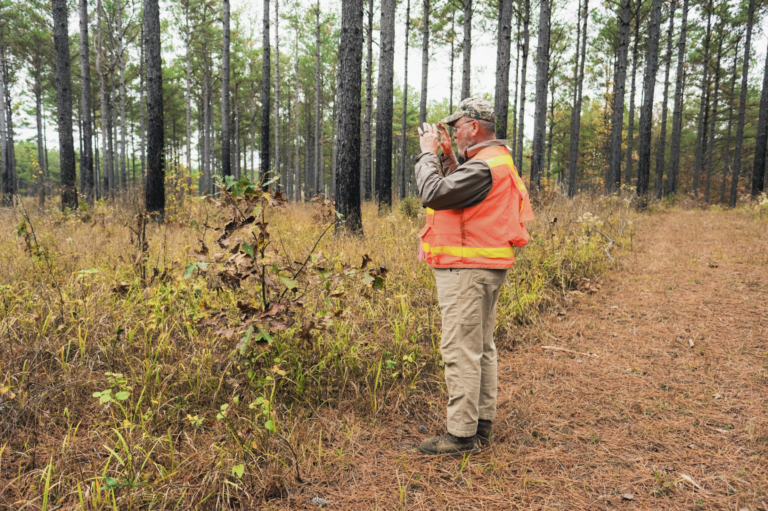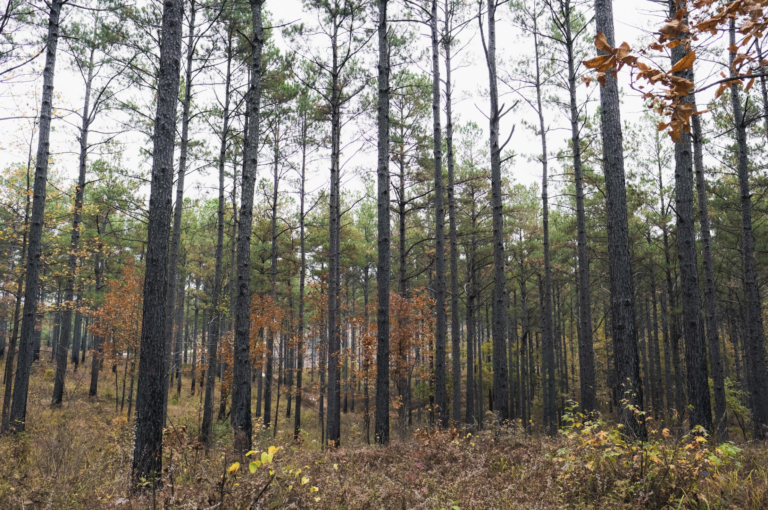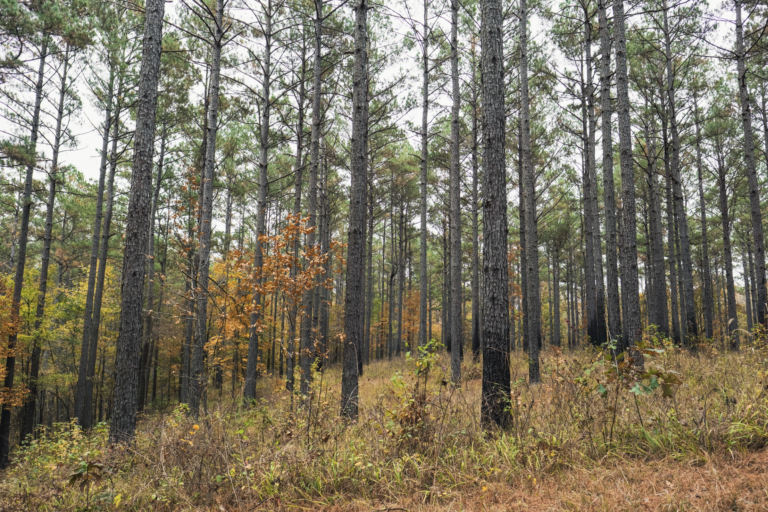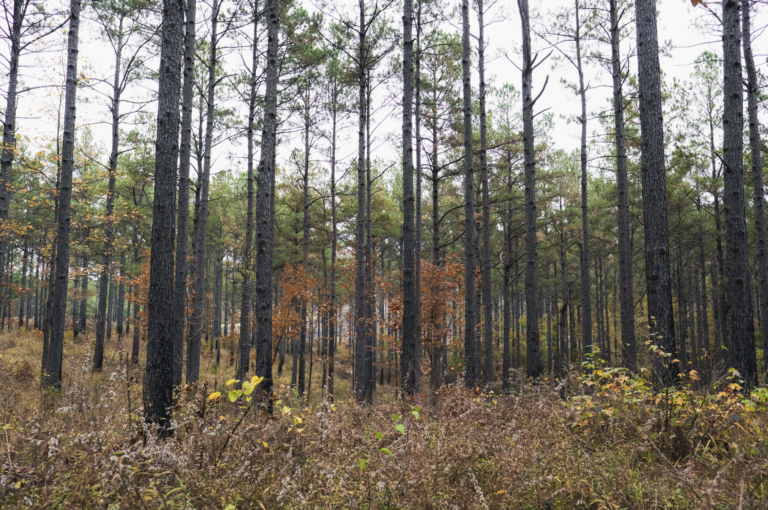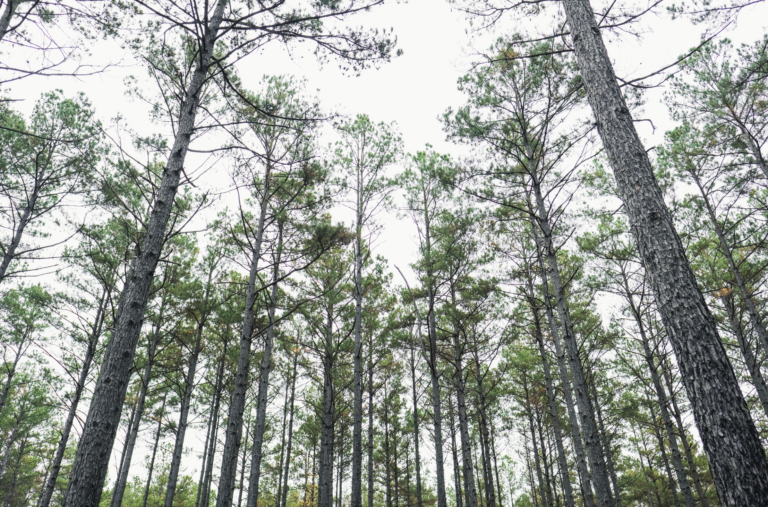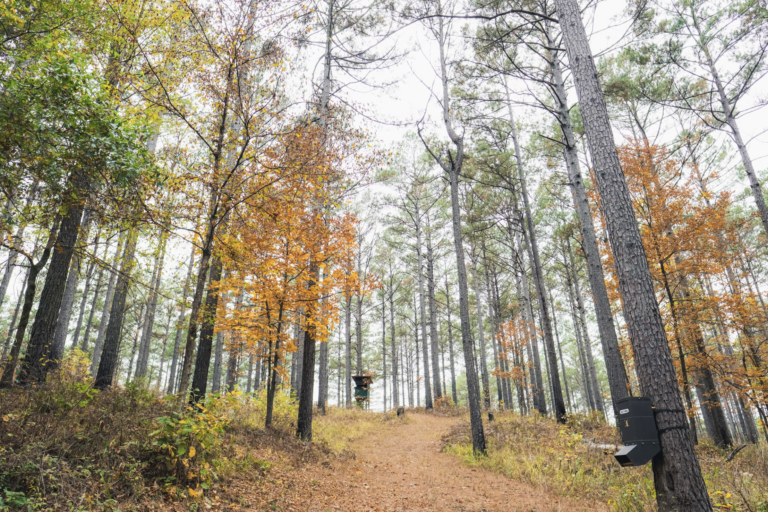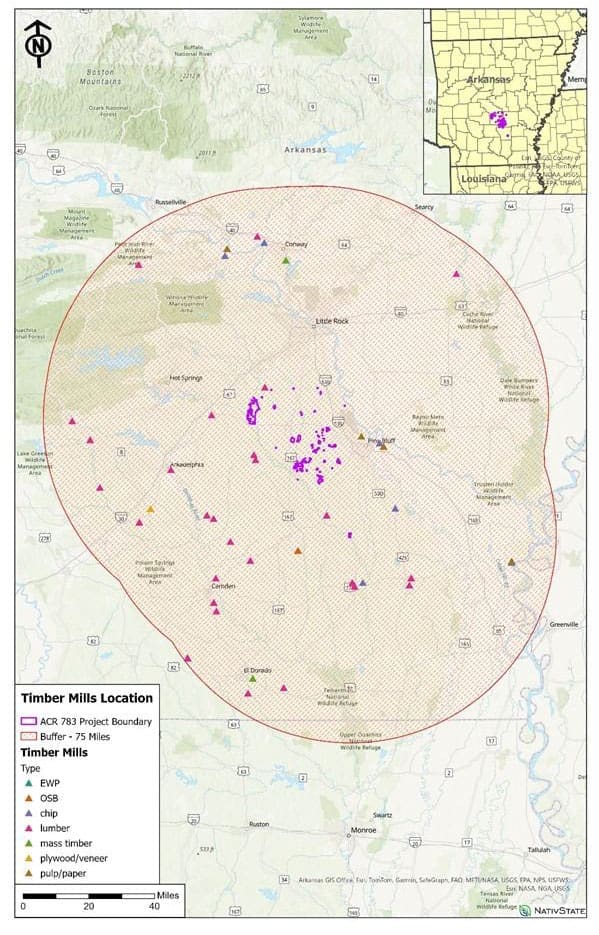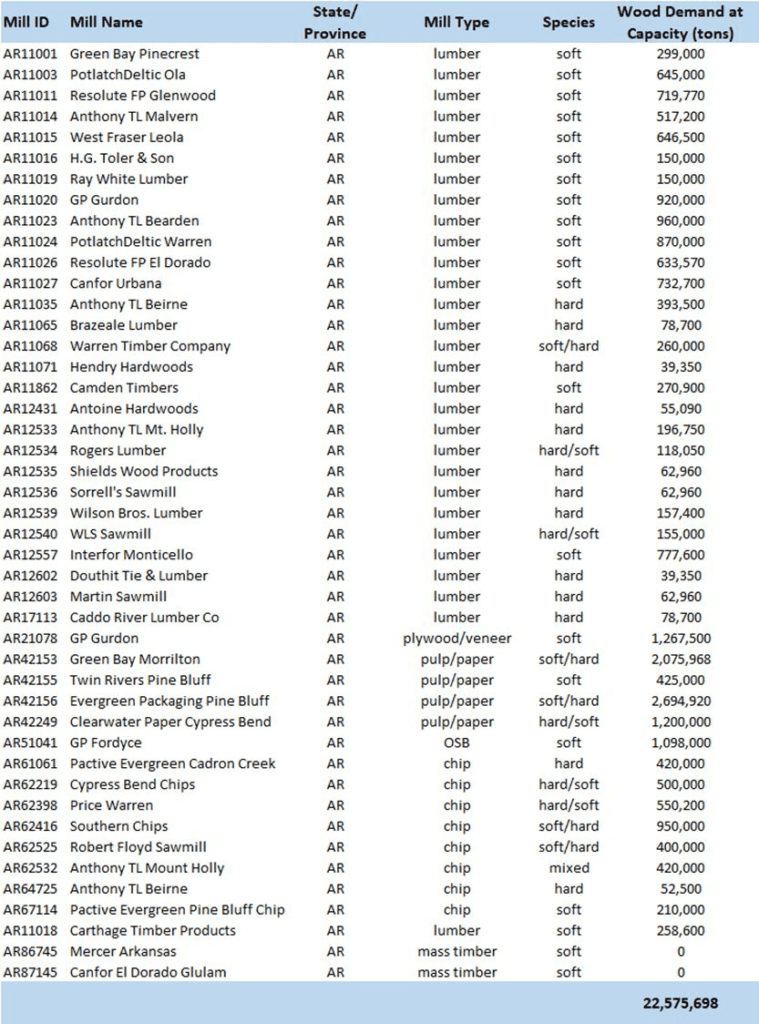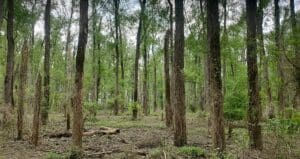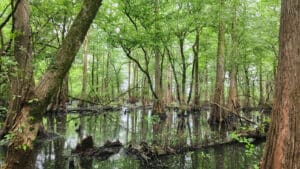The Mixed Broadleaf Forests of the Western Tennessee Plains to the Highland Rim is an aggregate approach to Improved Forest Management. The properties in this project are primarily owned by...
View Project Details →
S & J Taylor Forest Project
ACR 783
18K
Acres Conserved
Location
South Central Arkansas
Method
IFM 2.0
Standard
American Carbon Registry
A Lush, Vibrant Habitat
The S&J Taylor Forest Carbon Project balances conservation of both Saline River bottoms riparian hardwoods and “working” pines in the heart of timber country. Diverse oak, gum, cypress, hickory, and pine forests located in south central Arkansas within the Gulf Coastal Plain ecoregion represent important habitat and provide essential buffers that abate sedimentation and nutrient runoff between development and waterways.
By committing to maintain forest CO2e stocks through certified sustainable management, the project will provide significant climate benefits through carbon sequestration and important co-benefits to the Ouachita watershed, local communities, and improved water resources to downstream neighbors throughout the Gulf Coast Region.
In the S&J Taylor Forest Carbon Project, large tracts of riparian bottomland hardwoods surround the pristine waters of the Upper Saline River and are essential buffers from runoff to the river and to the habitat of the endemic freshwater Arkansas fatmucket mussels, a threatened indicator species.
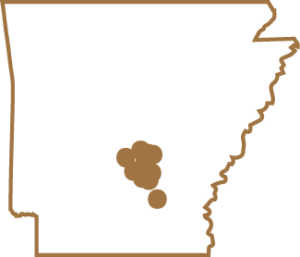




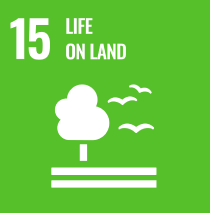
Additionality in ACR 783
Conserving working forests in the heart of timber country requires real commitment from the S&J Taylor family as project proponents. The hardwoods and pine stands in this part of the country have lucrative timber value, by foregoing a widespread aggressive harvest, typical to these parts of the country, S&J Taylor is looking to generate long-term revenues through sustainable forest management and the voluntary carbon market.
The S&J Taylor Forest Carbon Improved Forest Management (IFM) project is in the counties of Cleveland, Grant, Jefferson, and Saline located in south-central Arkansas. Throughout the geographic region, this type of land is aggressively cut, and is typically managed to maximize forestland investment by cutting trees as soon as they have grown to commercial maturity.
If the S&J Taylor Forest Carbon project was not implemented, the forest management would continue to resemble that of private industrial forestland ownership in the region. Instead, the enrolled S&J Taylor family forests will generate carbon revenues, allowing the Taylor family to harvest more sustainably, leading to fewer disturbances on the landscape, increasing biodiversity of the forest, and improving habitat protection for species of concern.
Project Baselines & Additionality: ACR 783
ACR 783 S&J Taylor FCP
- Reduced harvesting, rotation extension, timber stand improvement
- Maintain enrollment in American Tree Farm System
- Firebreaks and controlled burning to reduce forest fire risk
- Measuring/Monitoring and reporting of carbon sequestration and forest health
- Baseline vs. IFM financial analysis
- Mandatory implementation of voluntary best management practices (BMPs)
Pine Stands - Baseline vs IFM Scenario
Hardwood Stands - Baseline vs IFM Scenario
The baseline scenario for hardwood stands is represented by a clear cut of hardwood stands when financially mature and re-entry of 60 years compared to sustainable management activities that maintain initial forest stocking and increases carbon sequestration via harvesting well below forest growth.
Mill Capacity:
ACR 783
Mill Locations
NativState used FORISK Consulting’s Mill Capacity Database and Mill Database shapefiles to determine mill capacity in the Project area. As shown in the following figure, all mills within a 75-mile radius of the centroid of each Site were within economical haul distance.

Download Our Buyers Guide To High-Quality Carbon Credits
Complete this form to inquire about carbon credits and download our Buyers Guide to Nature-Based Credits.

Additional Projects
ACR 954 | Bottomland Forests of the Mississippi Alluvial Plain
The Bottomland Forests of the Mississippi Alluvial Plain is an aggregate approach to Improved Forest Management. The properties in this project are primarily owned by smaller landowners and families. NativState...
View Project Details →ACR 801 | Mixed Upland Forests of the Ozarks & Ouachita Mountains
The NativState Mixed Upland Forests of the Ozarks & Ouachita Mountains is a first of its kind, Programmatic Development Approach (PDA) to Improved Forest Management project. The project aggregates forestlands...
View Project Details →